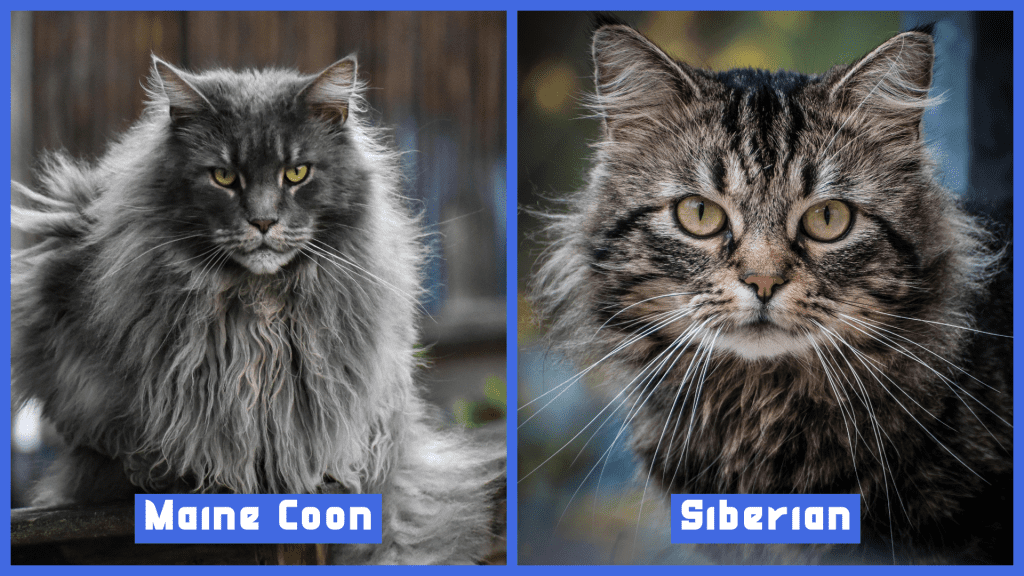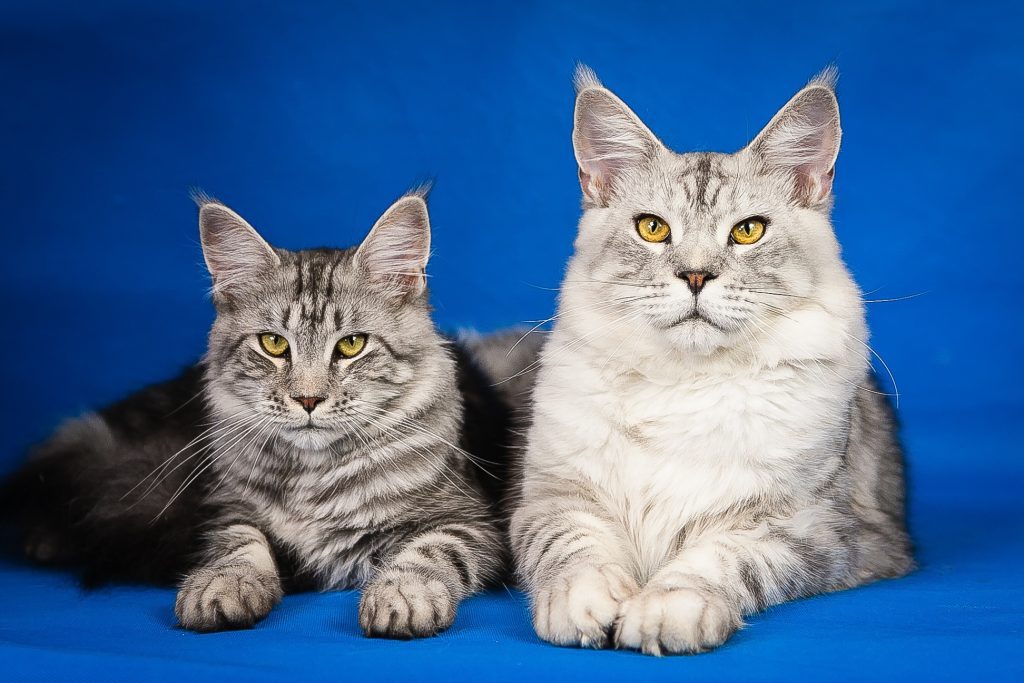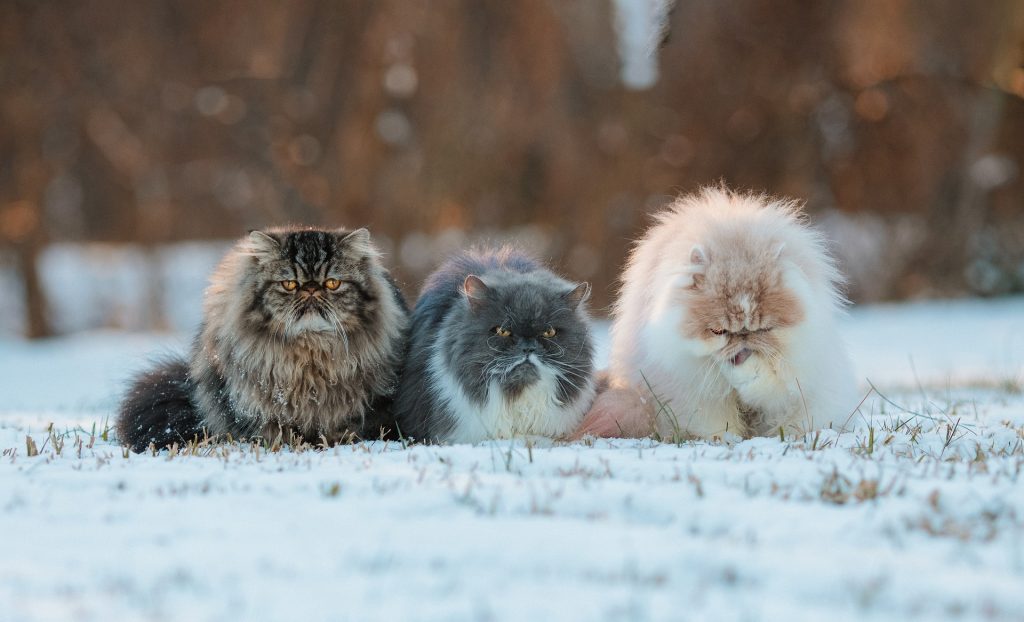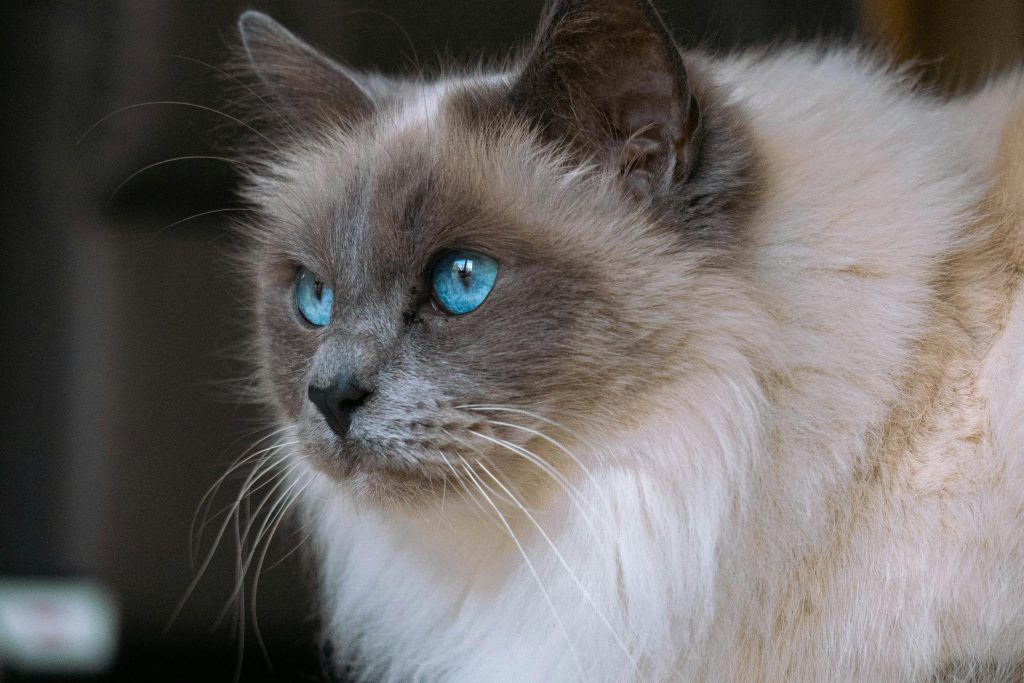Ragdoll cats are often called “gentle giants” — most males reach 15–20 lb and most females 10–15 lb as adults. However, size is more than just trivia: it affects nutrition, space, and veterinary care, and knowing the growth timeline helps you avoid overfeeding or missing health red flags.
In this guide:
- Growth timeline
- Measuring how-tos
- Vet red flags
I’ve measured dozens of Ragdolls and collaborated with breeders and veterinarians to create the chart below — here’s what I’ve consistently observed.
At a Glance – Ragdoll Size by Sex
| Category | Males | Females |
| Average Weight | 15–20 lb (6.8–9.1 kg) | 10–15 lb (4.5–6.8 kg) |
| Height (Shoulder) | 9–11 in (22.9–27.9 cm) | 9–11 in (22.9–27.9 cm) |
| Length (Nose → Base of Tail) | Up to 40 in (101.6 cm) | Up to 38 in (96.5 cm) |
How Do Ragdoll Size and Weight Compare to Other Breeds?
Ragdolls are noticeably larger than the average Domestic Short Hair, which typically weighs 6–12 lb, while male Ragdolls often reach 15–20 lb and females 10–15 lb.
Compared to a Maine Coon, Ragdolls are long and sturdy but generally a bit lighter-boned; Maine Coons often carry more overall mass. Norwegian Forest and Siberian cats are similar in length but tend to have a leaner frame. Keep in mind, fluff can be deceptive — a full coat can make a cat look bigger than it is.
Tip: Flatten the fur along the back when measuring length so you measure the body, not the fluff. Larger cats need roomier litter boxes, stronger cat trees, and bigger carriers, so knowing these differences helps you plan for comfort, grooming, and long-term care.
You Might Also Like
What Influences a Ragdoll’s Adult Size?
Your Ragdoll’s adult size comes down to four key forces: genetics, diet, environment, and health/reproductive status. Genetics are the biggest factor — parental size, show vs. pet bloodlines, and sex all play a major role, and a kitten from two large parents will almost always end up larger.
Nutrition fuels that frame: high-quality animal protein and portion control build lean muscle, while overfeeding only adds fat. Environment matters too — space to climb, play, and explore encourages healthy growth, whereas chronic stress can slow it.
Neutering generally does not change how long a cat grows, but it can slightly increase appetite and alter metabolism, so monitor portions after surgery and reduce calories if weight starts to climb.
Average Ragdoll Weight & Height
Adult male Ragdolls typically weigh 15–20 lb (6.80–9.07 kg), with some show-line giants exceeding 20 lb. Females average 10–15 lb (4.54–6.80 kg). At the shoulder, they stand 9–11 in (22.9–27.9 cm), and large males can stretch up to 40 in (101.6 cm) from nose to base of tail. To measure:
- Weight — place the cat in a carrier on a digital scale, weigh the carrier alone first, then subtract.
- Length — use a soft tailor’s tape, measuring nose to base of tail while the cat is calm and standing.
- Height — measure from the floor to the highest point of the shoulder blade with the cat standing naturally (no stretching).
These benchmarks help size carriers, litter boxes, and cat trees, and track health beyond just “big fluff.”
Ragdoll Growth Stages (Kitten → Adult)
Ragdolls grow like slow-blooming giants, often reaching full length long before they gain their adult muscle and bulk. Below is a typical weight range by age and sex based on breeder records and vet data:
| Age (months) | Male weight | Female weight |
| 0–2 | 1–3 lb (0.5–1.4 kg) | 1–3 lb (0.5–1.4 kg) |
| 3–4 | 4–7 lb (1.8–3.2 kg) | 3–6 lb (1.4–2.7 kg) |
| 5–6 | 6–9 lb (2.7–4.1 kg) | 5–8 lb (2.3–3.6 kg) |
| 9–12 | 8–12 lb (3.6–5.4 kg) | 7–10 lb (3.2–4.5 kg) |
| 12–24 | 10–16 lb (4.5–7.3 kg) | 9–14 lb (4.1–6.4 kg) |
| 24–36 | Filling out toward adult range (males often 15–20 lb; females 10–15 lb) | — |
Track weight and Body Condition Score (BCS), adjust nutrition at stage changes, and act quickly if growth stalls — early checks prevent long-term health issues.
You Might Also Like
How long do Ragdolls keep growing?
Short answer: Ragdolls can take 3–4 years to reach full maturity, much longer than the 9–12 months typical for most breeds. Growth happens in two phases — first, rapid lengthening in the first year, followed by a slow “filling out” of muscle and bone mass over several years. To tell if yours is still growing, watch for:
- Weight plateau: <2% change over 3 months.
- No length increase: nose-to-tail base stays the same.
- Stable Body Condition Score (BCS): 4–5/9 for 3 months.
A vet can confirm skeletal maturity via growth-plate X-ray. Until then, expect gradual changes — like a late-blooming teen, they often broaden long after they’ve reached full height.
Common Misconceptions About Ragdoll Size
Not every Ragdoll is huge — genetics, not just breed, sets the frame. Pet-line cats can be a healthy 10–12 lb, while show-line males may top 18 lb. Be skeptical of viral “25+ lb Ragdoll” claims — many such photos show overweight cats. If you see a large-looking cat, check their Body Condition Score (BCS) and confirm the weight was actually measured.
Large frame ≠ overweight — on a 1–9 BCS scale, ribs should be felt with light fat cover, waist visible from above, and a tuck from the side.
Quick at-home check:
- Can you feel the ribs with light pressure?
- Waist visible from above?
- Tummy tuck from the side? If ‘no’, consult a vet.
Weigh monthly & log it. Compare the frame to the breed averages. If BCS > 6/9, trim calories by 10% and recheck in 4 weeks (vet first). Weight alone isn’t health — composition is. Now that you know when they grow, here’s how to measure to keep growth healthy.
Helping Your Ragdoll Grow Strong, Not Heavy
Whether your Ragdoll’s frame turns into strong muscle and bone—not excess fat—depends on you. Feed a balanced, high-protein diet matched to life stage, measure portions with a cup or scale (no “eyeballing”), and use monthly checks for weight and length. If you want numbers, use a vet-approved feeding calculator or ask your vet for a daily calorie target.
Keep play structured—two 10–15-minute sessions daily (yes, treat puzzles count) build muscle and burn calories; mix it up with chase toys, climbing, or puzzle feeders. If weight gain stalls for 2+ months with low energy, or jumps >5% in a month, adjust calories by 10% and see your vet.
Tip: Treat food as building blocks and play as the builder—both are needed to raise a healthy, confident Ragdoll.
You Might Also Like
Special Considerations for Large Ragdolls
Big Ragdolls need bigger gear—and a bit more planning—to stay comfortable and safe.
- Litter box: At least 1.25× your cat’s body length; for ~30″ cats, the IRIS XX-Large (≈30″×20″) works well.
- Carrier: Measure standing length/height, add 2–3″, then match to airline rules; large cats often exceed in-cabin limits, so check early.
- Furniture: Heavy-duty cat trees rated for ≥20 lb prevent wobbles and falls.
- Handling: Lift with two hands—chest and hindquarters supported—to avoid strain.
Measure standing, not curled, and add wiggle-room. The right setup means fewer accidents, safer travel, and a happier big cat.
Final Thoughts
Your Ragdoll’s health and happiness matter far more than hitting a specific number on the scale. Every Ragdoll is unique—genetics, diet, and lifestyle all shape their size and build. Don’t be swayed by social media “biggest cat” claims; many of those cats are simply overweight, not naturally large.
Instead, focus on body condition and how your cat feels and moves. Whether your Ragdoll is a petite 12 pounds or a sturdy 18, they’re equally affectionate and full of personality.
- Weigh roughly every 3 months (or when you notice changes) — it’s a quick check, not a stress test.
- Use rib-and-waist feel tests.
- Skip the social media comparisons.
Celebrate your Ragdoll for who they are—love isn’t measured in pounds. Was this helpful? Subscribe for more Ragdoll care guides, or share a photo of your Ragdoll’s growth below!
Celebrate your Ragdoll for who they are—love isn’t measured in pounds. Share a photo of your Ragdoll’s growth in the comments. — Rafayet Rabbi, who has measured more floppy Ragdolls than they can count.
Founder of Cats Question, a veterinarian (DVM), and lifelong cat enthusiast with hands-on experience in feline care. Passionate about helping cat owners through expert-backed, compassionate advice inspired by years of living and learning alongside cats.






